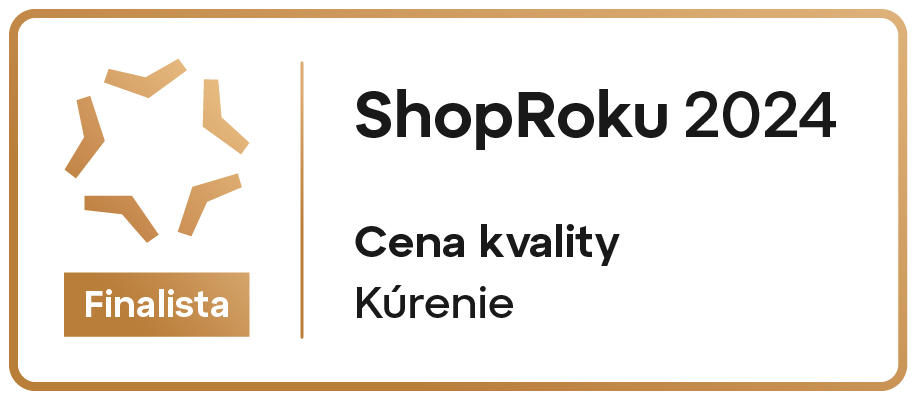noble gases
Inert gases or noble gases are gases that do not interact with other substances or materials in heating or technical distributions. In this way, they minimize the risk of unwanted chemical reactions, corrosion or other destructive processes that could affect the reliability and durability of the systems.

Common inert gases include:
Nitrogen (N2): Nitrogen is one of the most commonly used inert gases. Its inactive nature and availability make it ideal for corrosion and oxidation protection.
Argon (Ar): Argon is mainly used in welding, where it ensures the protection of welding points from reactions with oxygen and moisture.
Helium (He): Helium is often combined with other gases and is used, for example, to increase the heat output of welding processes.
Oxygen (O2): Although oxygen is a reactive gas, it can in some cases be used as an inert gas in laboratory or industrial applications if a high concentration of inert gases is ensured to have a dominating effect on the reactions.
Hydrogen (H2): Hydrogen can be used as an inert gas under certain conditions, such as in the manufacture of electrical components.
Krypton (Kr) and Xenon (Xe): These gases are used in some special applications, for example in fluorescent or halogen lights.
Inert gases are typically used depending on the specific needs and requirements of the application. Their main goal is to minimize the impact of chemical reactions and oxidation on materials and equipment.
In the context of heating or technical distribution, inert gases are used for the following purposes:
Corrosion protection: Inert gases such as nitrogen or argon can be used to create a protective environment inside pipes or equipment, minimizing the risk of corrosion of metal parts. These gases prevent metals from coming into contact with oxygen or moisture that could cause corrosion.
Prevention of leaks: In welding needs, for example in industry, inert gases can be used to create a protective atmosphere that prevents oxidation of materials at high temperature. This helps to achieve high-quality welding and prevent defects.
Temperature control: Inert gases can be used for temperature control in systems where heat can cause degradation processes. These gases can dissipate heat and maintain a constant temperature.
Protection against oxidation: Oxidation can affect materials and components in technical distributions, which can lead to their degradation. Inert gases prevent reactions with oxygen and thus protect materials from damage.
Laboratory and manufacturing processes: Inert gases are often used in laboratory and manufacturing processes where precise and controlled conditions must be achieved. This includes processes such as refining, welding, coating and many more.
At the same time, it is necessary to keep in mind that the use of inert gases in heating and technical distribution may be associated with the costs of their acquisition and maintenance. Therefore, their use is carefully considered based on the specific requirements and needs of the given system.






















































































































































